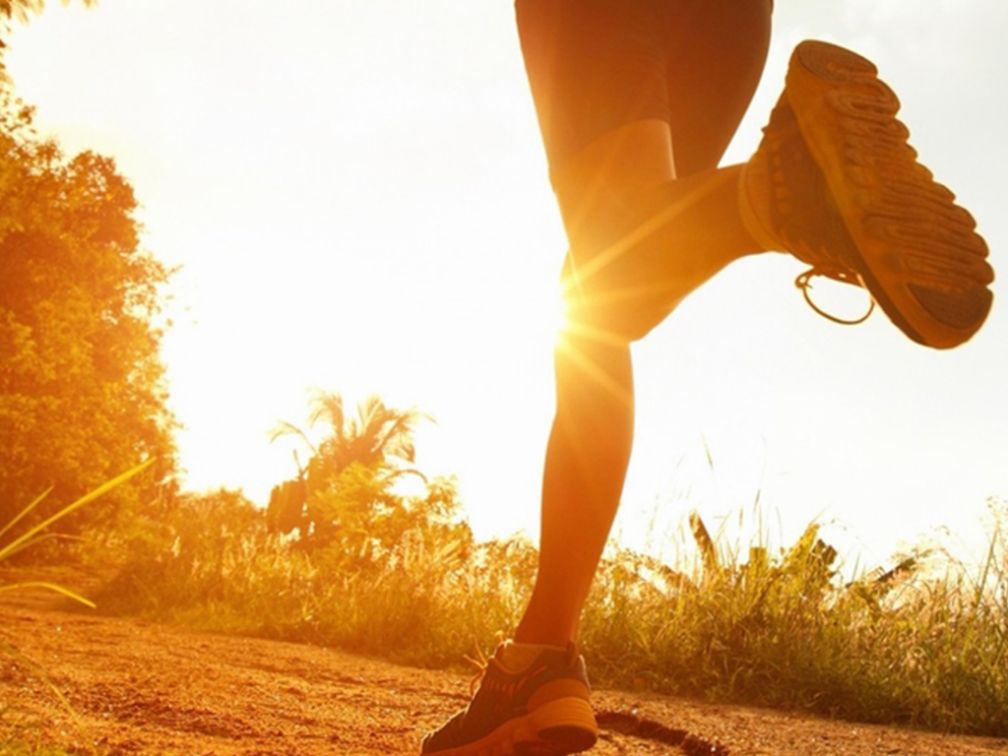What is walking as an exercise?

Walking
Walking refers to casual walking for daily life, entertainment, or fitness purposes. It is the simplest and most economical method of exercise, as well as the most familiar form of physical activity for people. Its characteristics include slow walking speed and small strides. Walking can be done in different forms, such as brisk walking (90-100 steps per minute), normal walking (60-90 steps per minute), belly-rubbing walking, backward walking, tiptoe walking, arm-swinging walking, and so on.
I. Fitness Value
Walking has a low exercise intensity and belongs to low-intensity aerobic exercise, with limited exercise value for various organ systems in the body. Its main value lies in reducing the negative effects of inactivity and regulating emotions.
First, walking is an exercise that can cultivate one's sentiment and bring about a pleasant state of mind. Walking in a place with fresh air and an elegant environment can refresh the mind and bring joy to the heart. Taking a walk after intense mental work can alleviate fatigue and promote brain health.
Second, people who sit or stand for long periods of time often feel leg swelling and may suffer from diseases such as varicose veins and hemorrhoids. This is caused by venous congestion in the lower body, making it difficult for blood to flow back to the heart. During walking, the activity of the lower limb muscles is increased, rhythmically compressing the veins and promoting blood circulation, which facilitates the rapid return of blood to the heart.
Third, when the body is inactive, the activity of the digestive system also decreases, which can easily lead to indigestion and constipation. If you take a walk after a meal, the movement of the abdominal muscles provides effective "massage" to the digestive system, improving digestion and absorption.
Fourth, when people maintain a sitting position for a long time, the expansion of the lungs is somewhat restricted, affecting the depth of breathing. During walking, with the body upright and arms swinging freely, the lung ventilation volume can be significantly increased.
Fifth, rhythmic walking stimulates the cerebral cortex in a monotonous and repetitive manner, which can promote the development of the inhibitory processes in the cerebral cortex, allowing nerve cells fatigued by work to rest fully. Therefore, some people use evening walks as a method to prevent and treat insomnia.
II. Suitable Population
Walking is suitable for all individuals who are capable of walking, especially for those who have sedentary jobs and experience high work and life stress. However, as a long-term fitness exercise, walking is only suitable for individuals in the recovery period from illness or elderly individuals with physical weakness.
III. Site and Environmental Requirements
The choice of walking location and route is also crucial. If the walking environment is poor, with heavy traffic or uneven road surfaces, it will affect the effectiveness of walking. It is recommended to explore the surroundings near your home and select a safe, clean, quiet, and scenic route as your daily walking route. The air near a lake contains a large number of negative ions, which is beneficial to human health. Walking by the lakeside will have better effects. Pay special attention to safety when walking on the road. Nowadays, most cities have constructed government-planned fitness trails that meet safety and fitness standards and are covered with resilient plastic. If possible, you can utilize nearby fitness trails for walking, which is an excellent choice.
IV. Precautions
First, it is best to wear loose sportswear and choose lightweight, non-slip sports shoes for walking. Avoid wearing tight-fitting clothes and high-heeled shoes.
Second, after each walk, it is recommended to soak your feet in warm water for 10 minutes. This helps relax the tendons, improve blood circulation, and alleviate fatigue. It is especially beneficial for those with cold feet and hands.
Third, for patients with high blood pressure, it is advisable to start with slow-paced walking and gradually increase the speed according to their own conditions, aiming for about 30 minutes of continuous walking per day.
Fourth, in winter, it is not suitable for elderly people to walk early in the morning. The low temperatures in winter, combined with the gradual decline in the function of various organs and poor blood circulation in the elderly, make them less adaptable to cold weather, resulting in increased blood pressure. Additionally, during winter, the nights are longer and the days are shorter, which limits visibility and increases the risk of accidents and injuries among the elderly.
Fifth, both walking backward and walking on tiptoes are considered abnormal walking styles, which can easily cause damage to the hip joints and knees. Therefore, they should only be used as auxiliary exercises and should not be performed for extended periods of time. It is recommended to limit them to 5-10 minutes per session.
Please indicate the address of this article for reprint https://www.sportshealthprogram.com/home-fitness/202307608.html



















